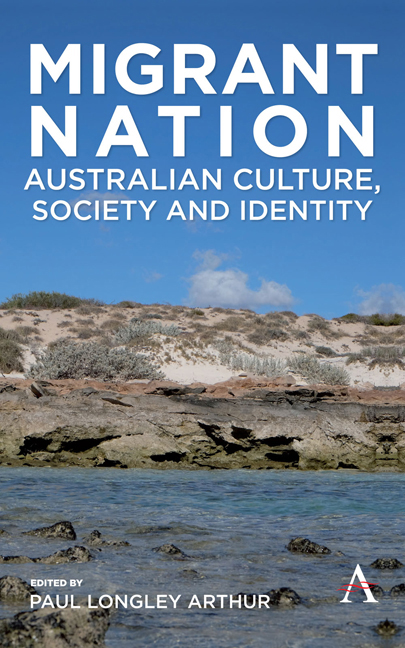Book contents
- Frontmatter
- Contents
- List of Figures
- 1 Introduction: Transcultural Studies in Australian Identity
- 2 Remembering Aboriginal Sydney
- 3 Files and Aboriginal Lives: Biographies from an Archive
- 4 Writing, Femininity and Colonialism: Judith Wright, Hélène Cixous and Marie Cardinal
- 5 The Staging of Social Policy: The Photographing of Post-War British Child Migrants
- 6 Writing Home from China: Charles Allen's Transnational Childhood
- 7 Australian? Autobiography? Citizenship, Postnational Self-Identity and the Politics of Belonging
- 8 A Nikkei Australian Story: Legacy of the Pacific War
- 9 Displaced Persons (1947–52) in Australia: Memory in Autobiography
- 10 Between Utopia and Autobiography: Migrant Narratives in Australia
- 11 Vietnamese–Australian Life Writing and Integration: The Magazine for Multicultural and Vietnamese Issues
- 12 Heroes, Legends and Divas: Framing Famous Lives in Australia
- List of Contributors
- Index
4 - Writing, Femininity and Colonialism: Judith Wright, Hélène Cixous and Marie Cardinal
Published online by Cambridge University Press: 10 May 2018
- Frontmatter
- Contents
- List of Figures
- 1 Introduction: Transcultural Studies in Australian Identity
- 2 Remembering Aboriginal Sydney
- 3 Files and Aboriginal Lives: Biographies from an Archive
- 4 Writing, Femininity and Colonialism: Judith Wright, Hélène Cixous and Marie Cardinal
- 5 The Staging of Social Policy: The Photographing of Post-War British Child Migrants
- 6 Writing Home from China: Charles Allen's Transnational Childhood
- 7 Australian? Autobiography? Citizenship, Postnational Self-Identity and the Politics of Belonging
- 8 A Nikkei Australian Story: Legacy of the Pacific War
- 9 Displaced Persons (1947–52) in Australia: Memory in Autobiography
- 10 Between Utopia and Autobiography: Migrant Narratives in Australia
- 11 Vietnamese–Australian Life Writing and Integration: The Magazine for Multicultural and Vietnamese Issues
- 12 Heroes, Legends and Divas: Framing Famous Lives in Australia
- List of Contributors
- Index
Summary
How to write of a white feminine I so as not to tell – once more – the story of the woman we already know, the woman we take ourselves to be? The answer might lie in a kind of writing that gives a formal place to uncertainty. This would be a writing practice that aims at a writer's doubts about herself and others, rather than closing them over, and which works with an aesthetics of uncertainty and not just a vocabulary. Such a writing practice would also aim at the production of doubt in a reader. If aesthetics is concerned with the senses, then what aesthetics is it that can produce feelings of unsettlement and doubt, in particular in white writers and their readers – about themselves and their place in (neo)colonial Australia?
The British artist Frank Auerbach has said that ‘to paint the same head over and over leads you to its unfamiliarity’ (Suleiman 1991). This is an art practice through which the visual artist does not so much come into knowledge as abandon the knowledge he or she had. It is art as relinquishment, a practice that brings both artist and viewer into a position of estrangement before the once-familiar face, and recalls Francis Bacon's commitment to the art of accident, error and excess (Francis Bacon in Sylvester 1987). In the literary arts, too, many practitioners aim at accident and error rather than representation. As Anne Carson says, ‘what we are engaged in when we do poetry is error, / the willful creation of error, / the deliberate break and complication of mistakes / out of which may arise / unexpectedness. / …. The fact of the matter for humans is imperfection’ (Carson 2000, 35). This, then, is a decided move away from more realist modes that invite the author to take up the position of the one who already knows what is there, awaiting representation.
Bringing estrangement, excess, and accident into the literary arts has been a preoccupation of some feminist theorists interested in how a feminine subject writes and is written. This takes another inflection in the colonial context when the question becomes: who is the white woman and through what writing practices is she written as white?
- Type
- Chapter
- Information
- Migrant NationAustralian Culture, Society and Identity, pp. 57 - 68Publisher: Anthem PressPrint publication year: 2017

